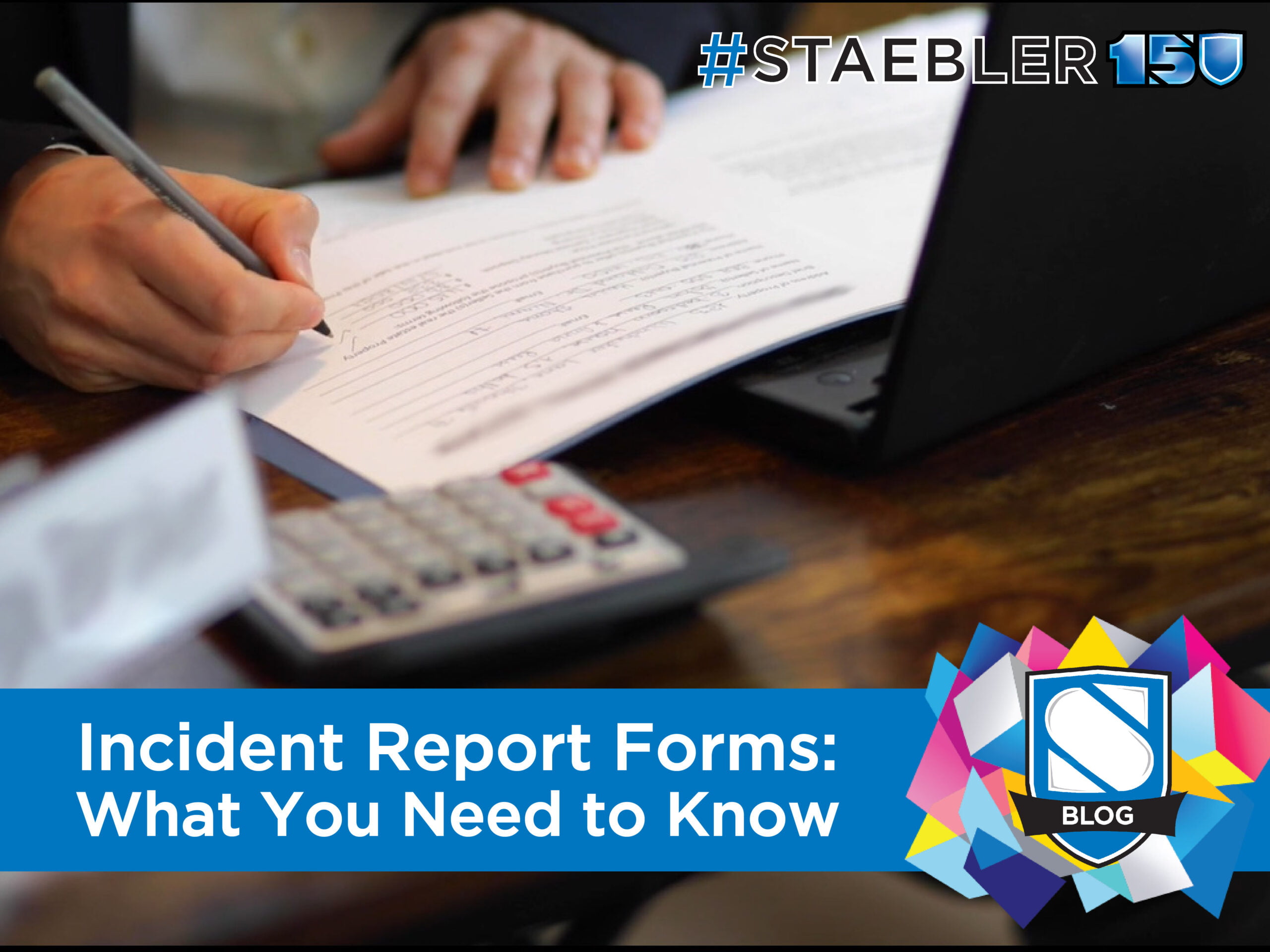I recently came across an article entitled “Risk Calculator”. The article touched on some familiar concepts for Risk Managers; “Cost of Risk”, but it certainly does apply to all business owners. If you go to the internet you will find many different perspectives on the topic. Some discussions are very simplistic (which doesn’t necessarily mean they are off the mark) and other discussions are very complicated.
I would start by broadly grouping the risks that any business faces; obviously there are some you are aware of but equally there will be risks that you are not yet aware of. For any business risk you are aware of you can plan to deal with any consequences in a number of ways, including; (i) take steps now, to control, reduce or hopefully eliminate any impact on your business, (ii) prepare to finance whatever costs you may incur or self-insuring, (iii) obtain traditional insurance to help address any financial impact or even (iv) just make a business decision to take no action now, and react to the consequences if and when anything happens to your business.
They say that Risk Managers are the most risk-averse of all executives, but I don’t believe we can generalize like that. Anyone responsible for a small business is also taking on that Risk Manager role. Many decisions entrepreneurs make will expose their business to ‘downside risk’. Something you don’t want to happen could materialize and you have to deal with the financial (and other) impacts. But you make these decisions every day. If you were really that risk-averse you likely would have passed on important opportunities because there was a chance you could end up eating an unexpected cost.
So what is the cost of the risks you face? When you take the risk control option then your costs of putting procedures and resources in place will be part of this overall cost. When you prepare to finance you are assuming the cost of either having the financing available as a buffer to deal with potential loss costs (such as a line of credit) or you assume any opportunity costs of otherwise being able to use your capital to take advantage of or invest in different opportunities.
When you obtain insurance the costs are pretty easy to track; premiums (and possible premium financing costs) and deductibles or retentions you will have to pay. You also have to bear in mind that you may not be able to insure every eventuality. However, policy exclusions and limitations deal with risks that can either be endorsed back in for additional premium; or which require separate, more specialized policies; or, are simply uninsurable altogether. And let’s not forget the value of the time you spend to see the insurance claim through to conclusion.
But the most difficult option to put a figure on is where you decide not to take action now. If something happens then you are going to find out in a hurry, but I feel the best you can do today is simply allow for contingencies – your best estimate.
I wouldn’t suggest that it is easy to identify every risk that could have a significant impact on any business’ financial position, but I would say that it is well worth taking a little time to think about it. You don’t want to gloss over decisions to address risks that could threaten the viability of your business. Consider talking to you broker about how insurance can fit in to your planning. You may not want to get all the insurance for every eventuality, but you should know what you can insure so you are making the best informed decisions you can.














0 Comments